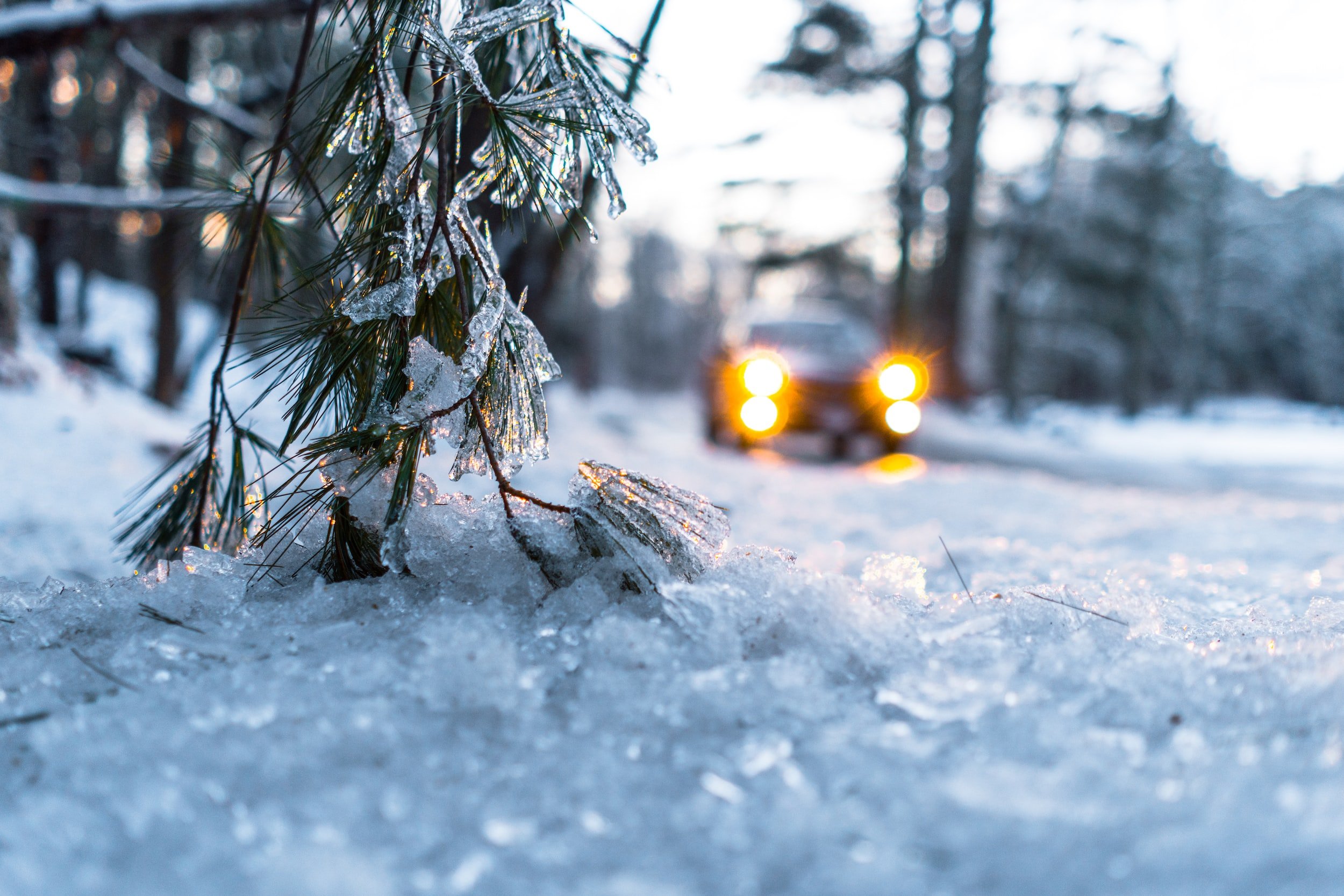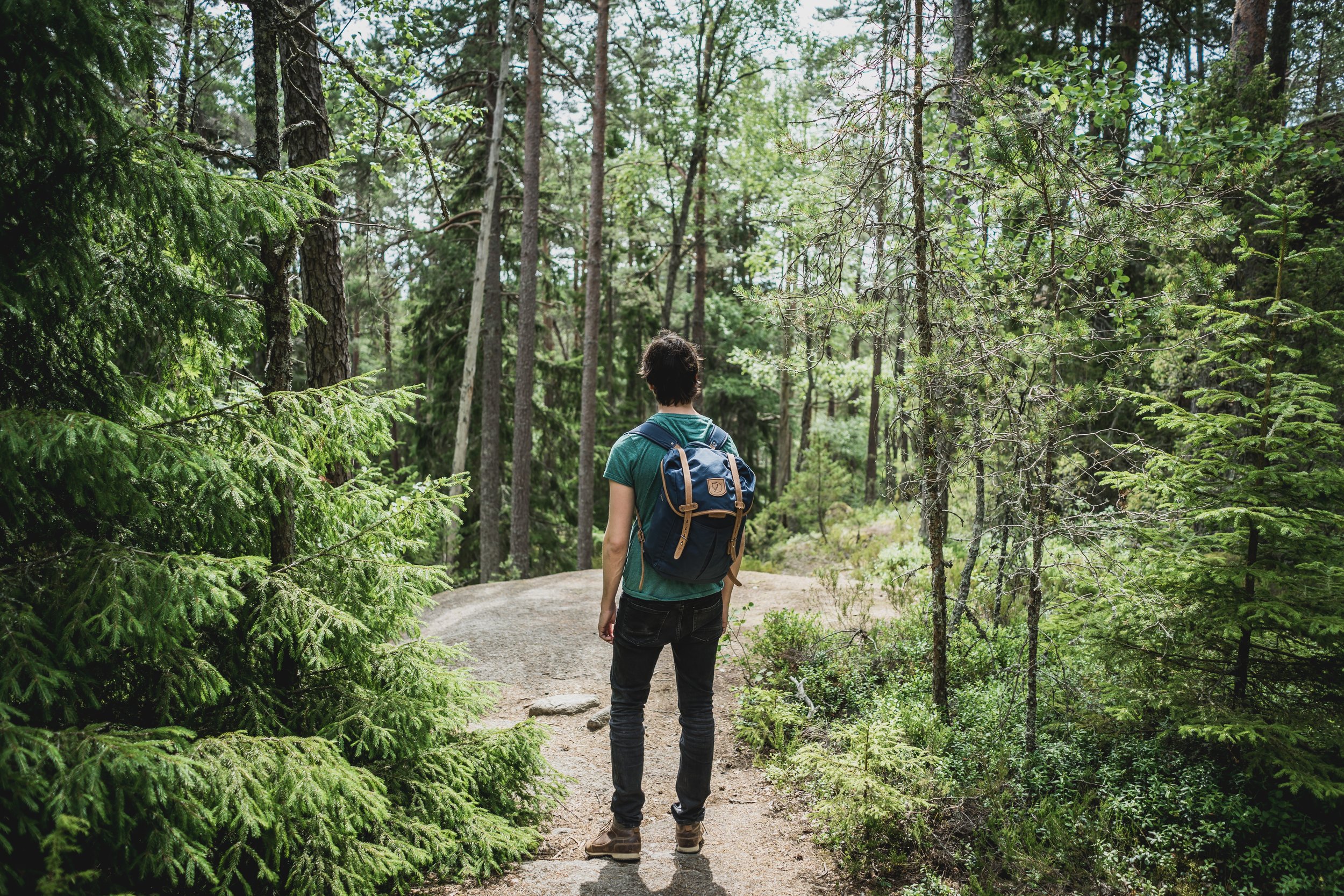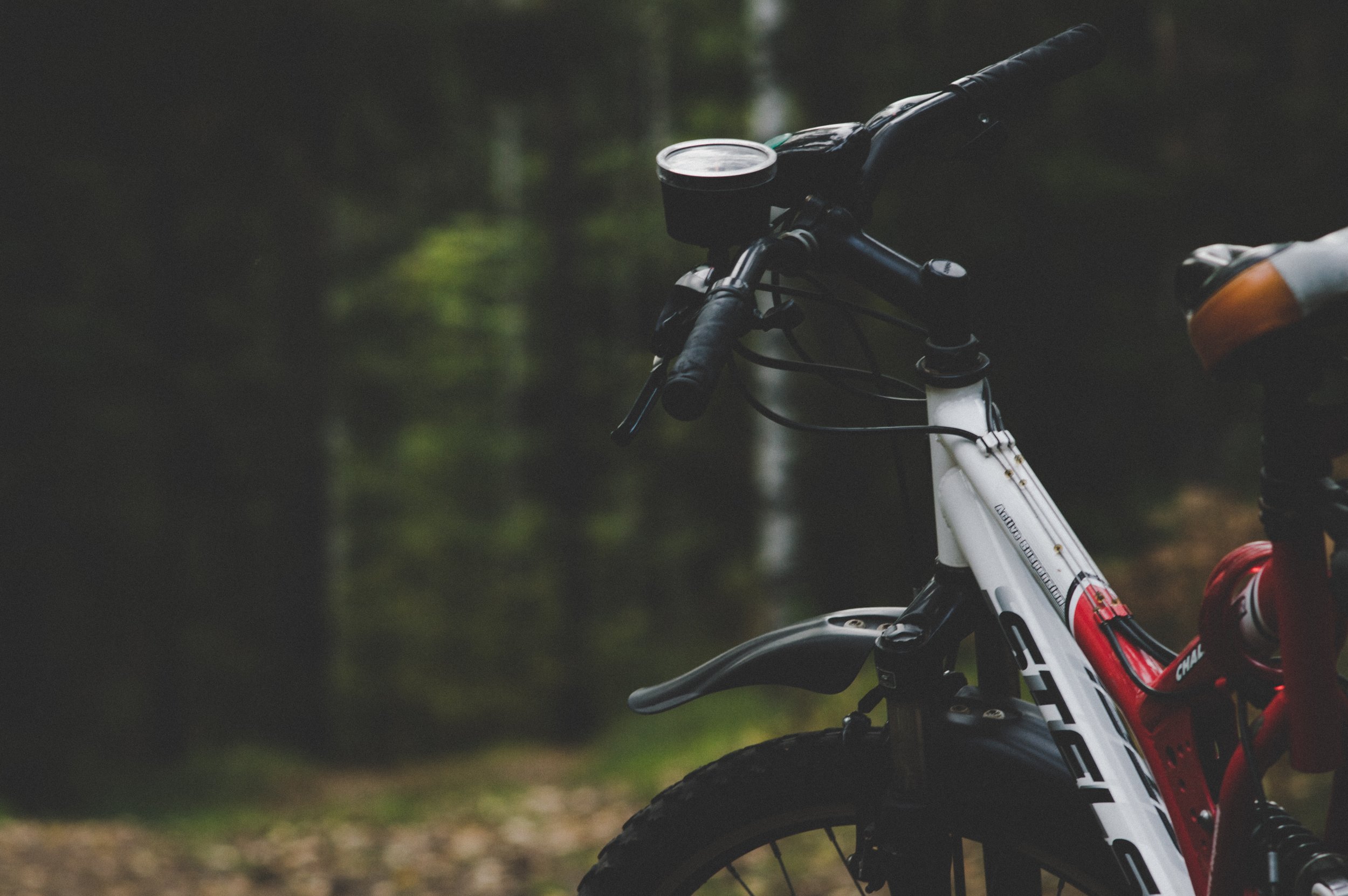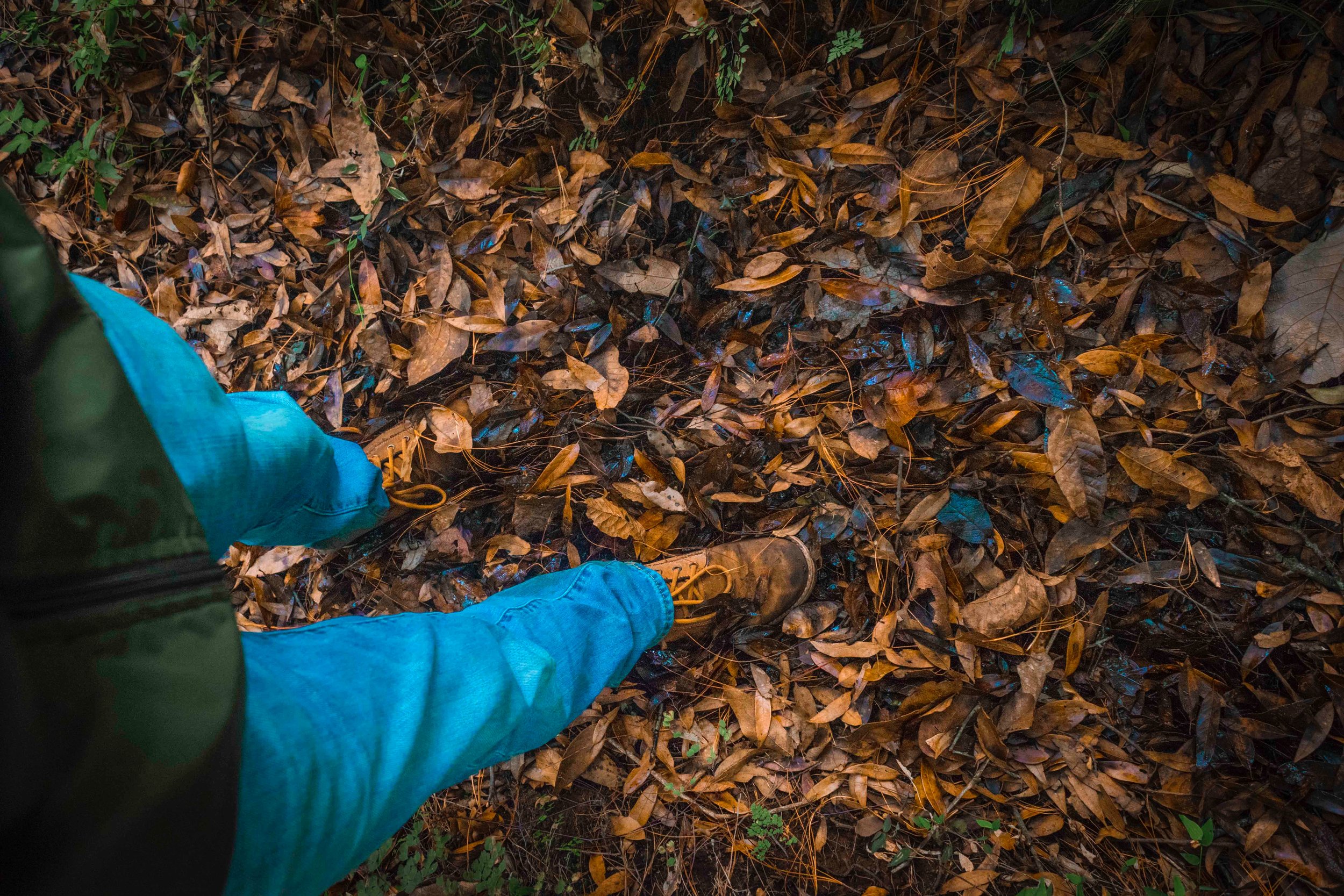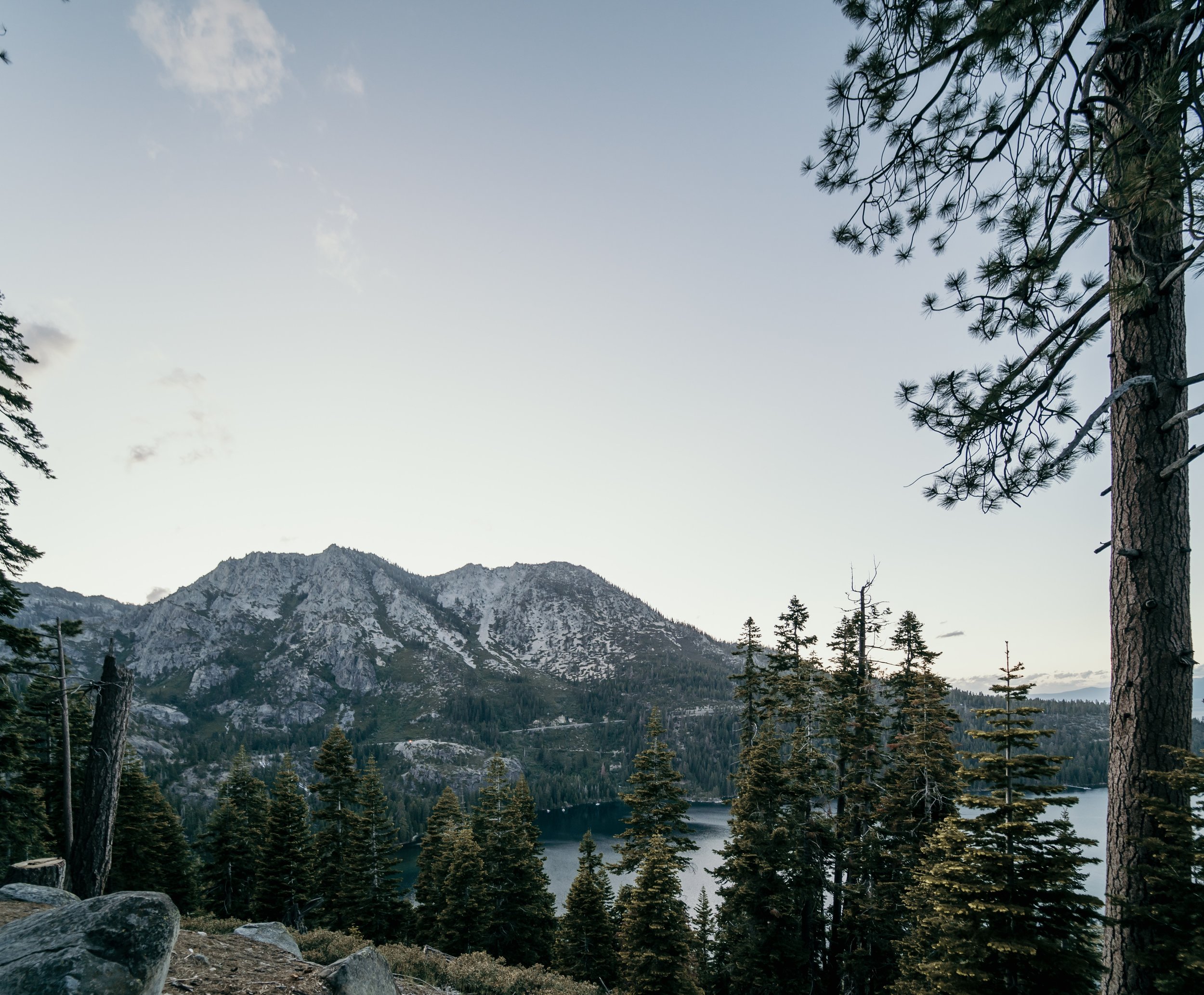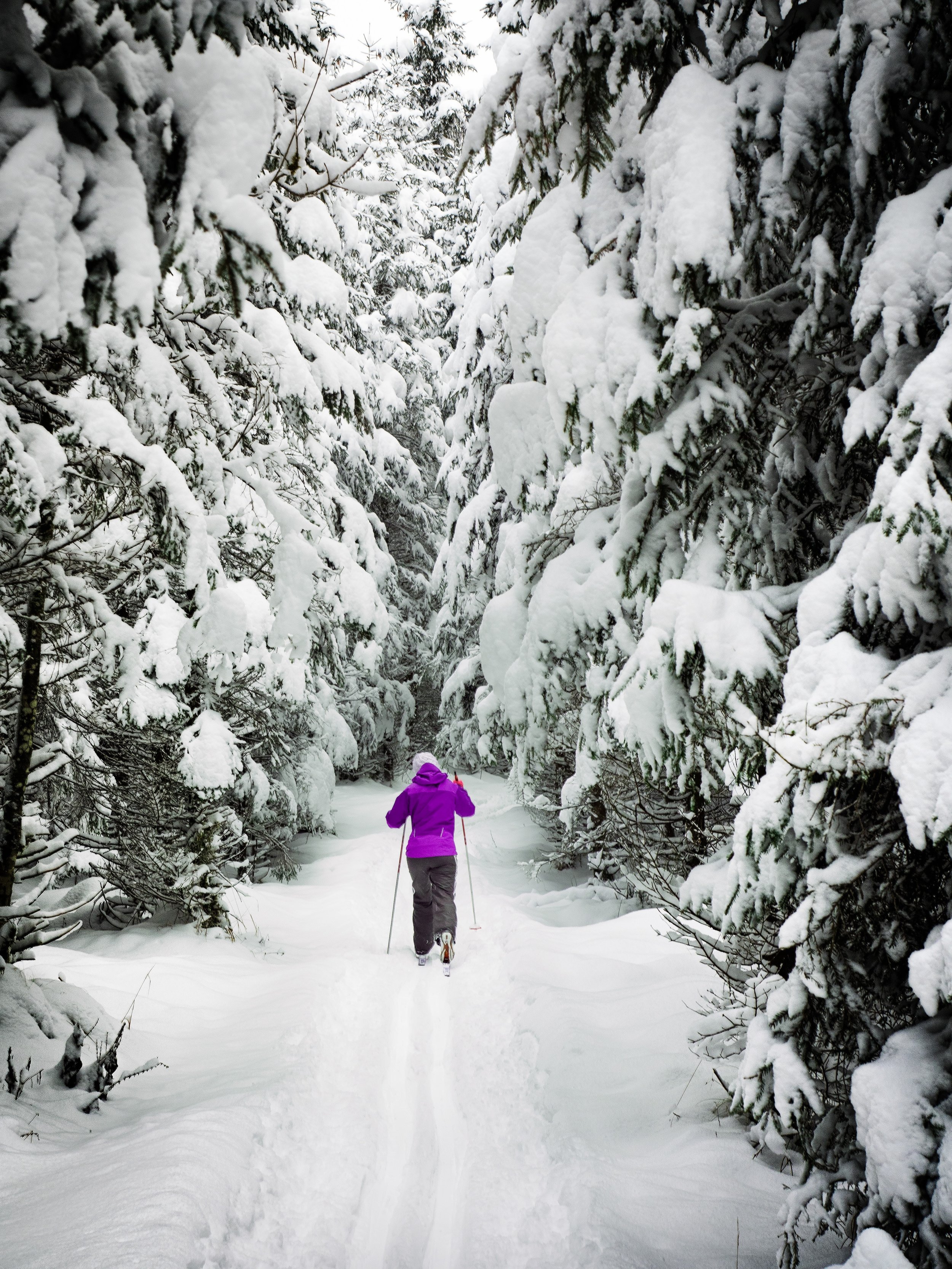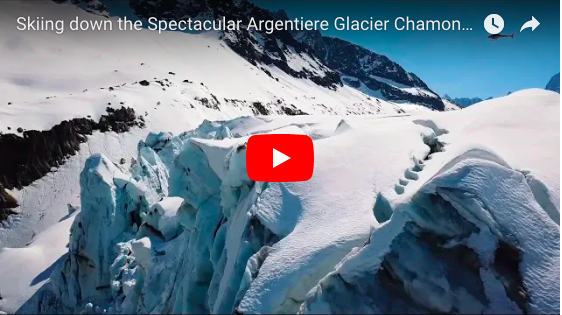The fact is, the vast majority of us still rely on our personal cars to get us to the slopes, the river or the hiking trail. We believe a trip to the mountains shouldn’t endanger the natural spaces we love, and electric vehicles are an essential part of making our vision a reality. We cannot yet depend on public or shared transportation to access our outdoor recreation activities, so in the meantime it’s crucial that conscientious outdoors-people advocate for the transition to electric vehicles.
With transportation now the single largest source of carbon emissions in the country, we need to move beyond gas powered cars and towards a cleaner, safer transportation future.
Curbing carbon emissions from transportation is essential if we want to continue to have access to the beautiful places and recreation activities we love while still taking meaningful and responsible action to combat climate change.
Join Snowriders and our partner Environment America in calling on our governors to commit to end the sale of new gas-powered cars in the coming decade.


